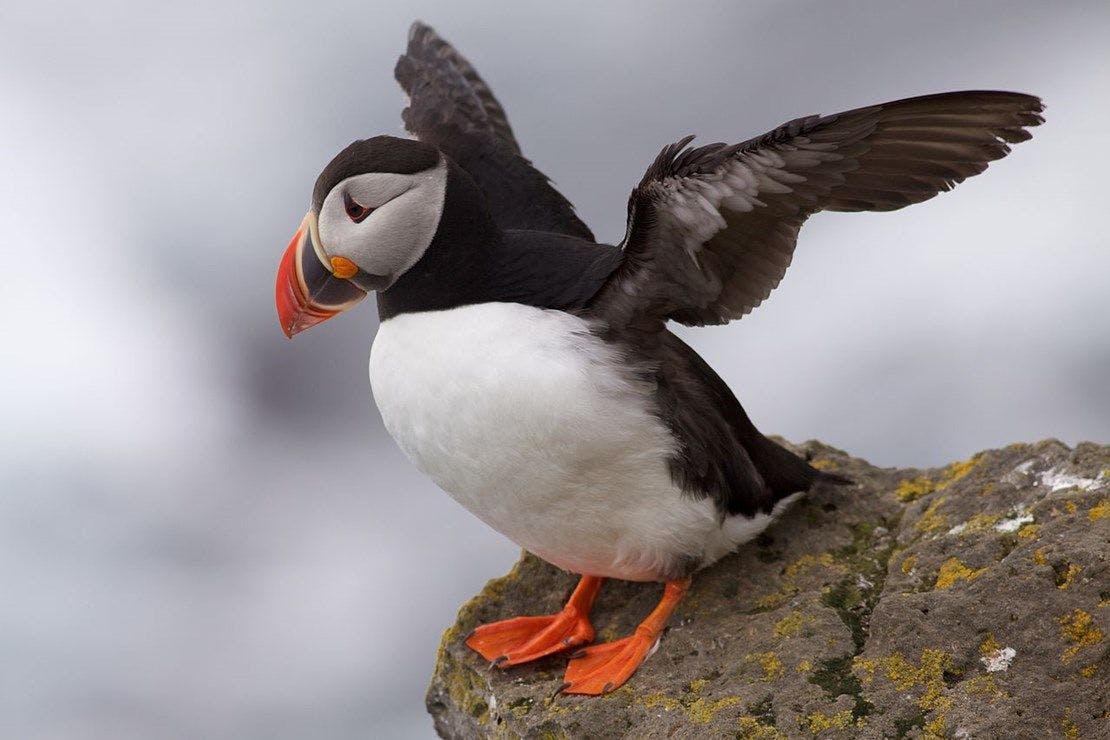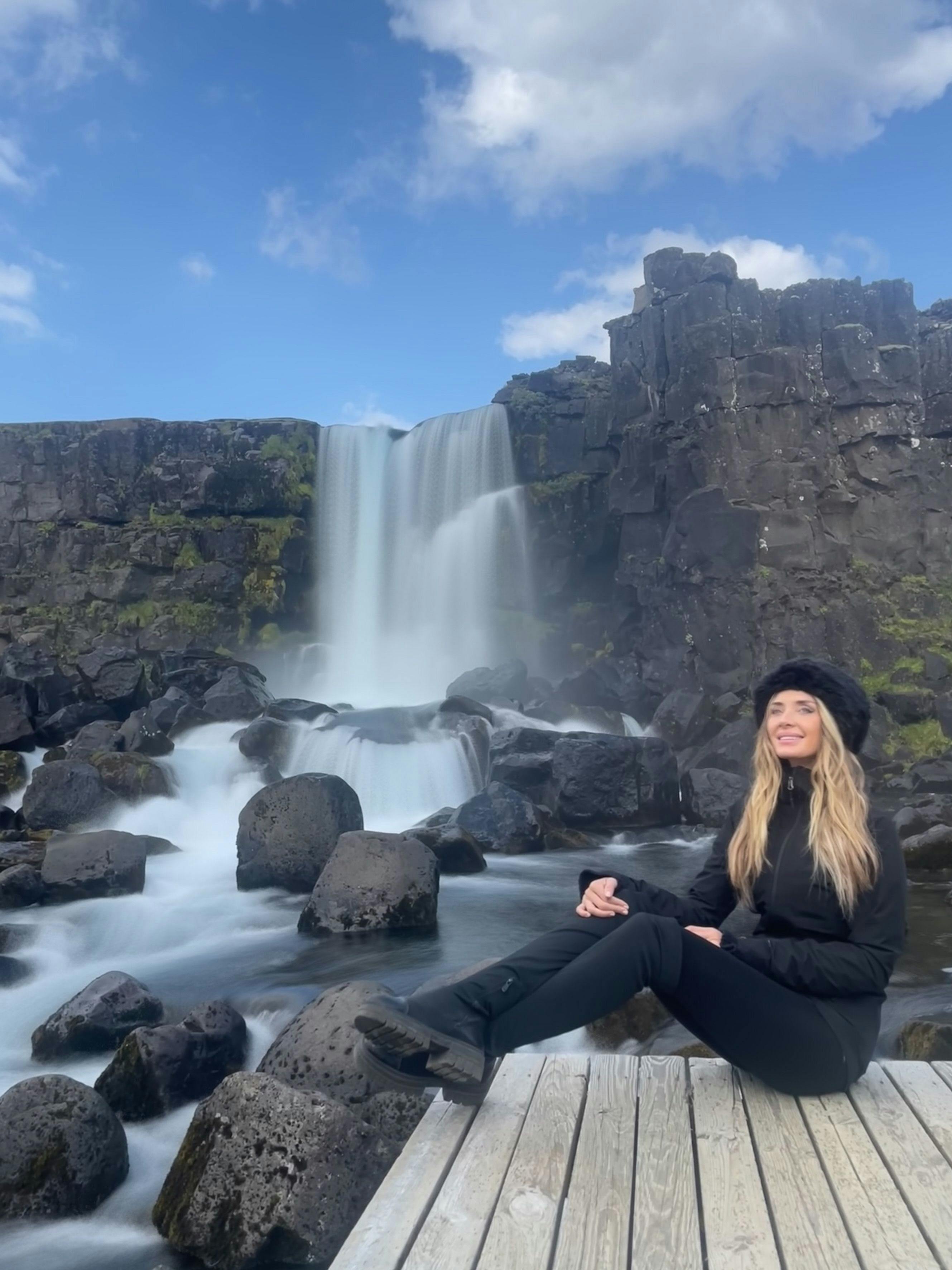
Activities
Iceland in November: A Guide for Adventurous Travelers
Visiting Iceland in November offers an exceptional blend of winter's first chill and the fading beauty of autumn. This month marks the beginning of the winter season, bringing shorter daylight hours, colder temperatures, and breathtaking displays of natural phenomena like the Northern Lights.
November might not be Iceland’s warmest or brightest month, but it is undoubtedly a magical time for those who want to experience its unique charm without the summer crowds.
1. Weather Conditions in Iceland in November
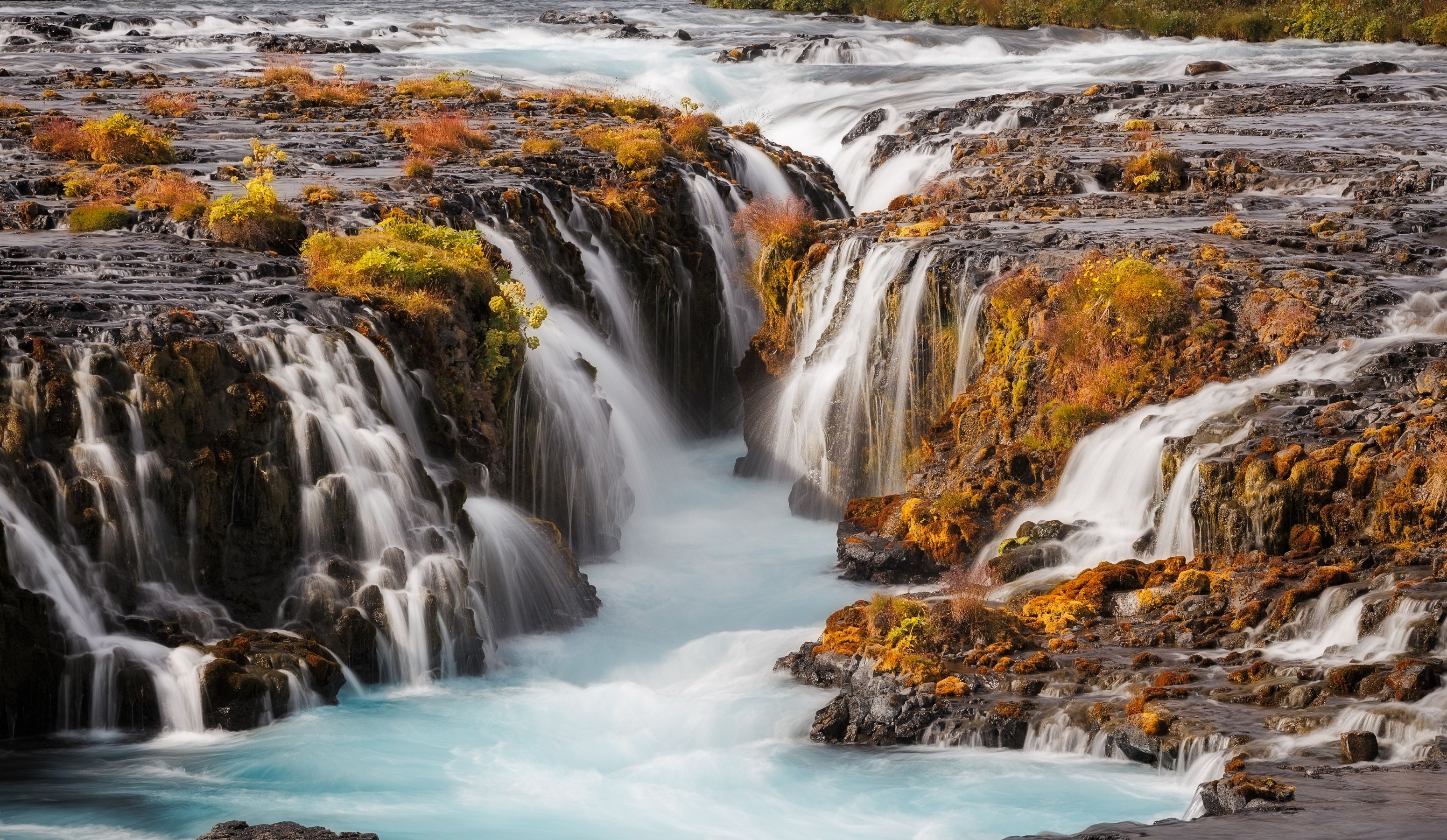
Iceland’s November weather is best described as unpredictable. While temperatures rarely drop below freezing, conditions can vary wildly, shifting from clear skies to snow or sleet within a matter of minutes.
- Average Temperature: In November, the average temperatures in Iceland range between 0°C (32°F) and 5°C (41°F). The coastal areas, including Reykjavik, might be slightly warmer, while inland regions, especially those at higher altitudes, can be considerably colder.
- Precipitation: November is one of Iceland’s wetter months, with a mix of rain, snow, and sleet common throughout the country. Wind can also be significant, making the temperatures feel much colder than they are.
- Daylight Hours: November daylight hours decrease rapidly. At the beginning of the month, expect roughly 7 hours of daylight, but by the end of November, it dwindles to around 4-5 hours. Sunrise can be as late as 10:30 a.m., and sunset by 4 p.m., meaning that you’ll have to plan activities carefully.
2. Packing for November in Iceland
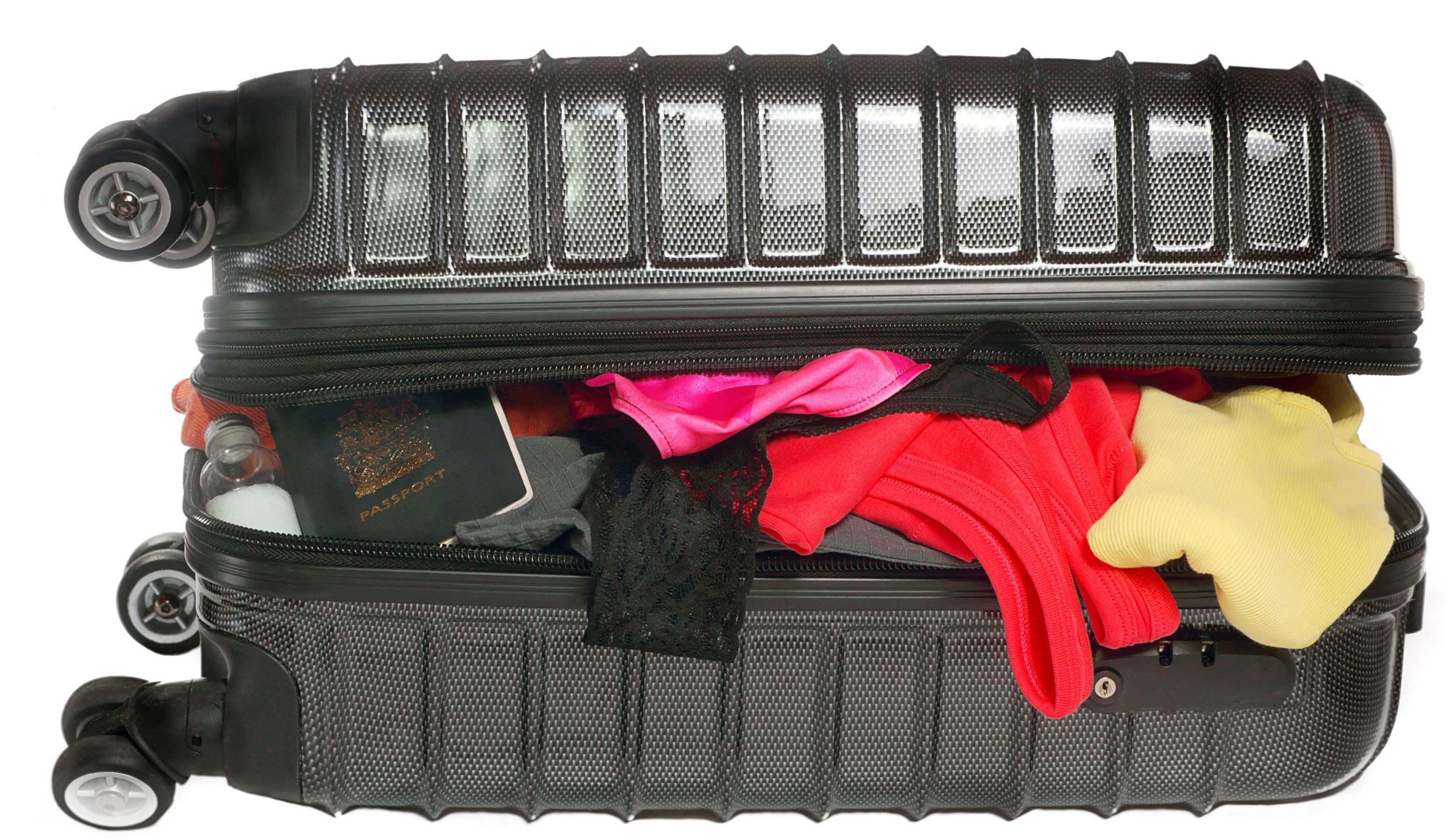
Packing the right clothing for Iceland in November is essential for a comfortable and enjoyable trip. Due to the rapidly changing weather conditions, it’s wise to pack layers and be prepared for cold, wet, and windy weather.
- Layered Clothing: Start with a moisture-wicking base layer, followed by a warm insulating layer (like fleece or wool), and finish with a waterproof and windproof outer layer. Iceland’s weather demands a strategic approach to layering.
- Warm Accessories: Don’t forget a good-quality hat, gloves, and a scarf. Insulated, water-resistant gloves are a must for outdoor activities.
- Waterproof Footwear: Waterproof and insulated hiking boots are essential for navigating Iceland’s varied terrain, especially if you plan to explore natural sites. They’ll help keep your feet dry and warm in wet or snowy conditions.
- Accessories: A quality backpack, sunglasses, and thermos can also enhance your experience by keeping your essentials dry and ready for adventure.
3. Road Conditions & Driving in Iceland in November
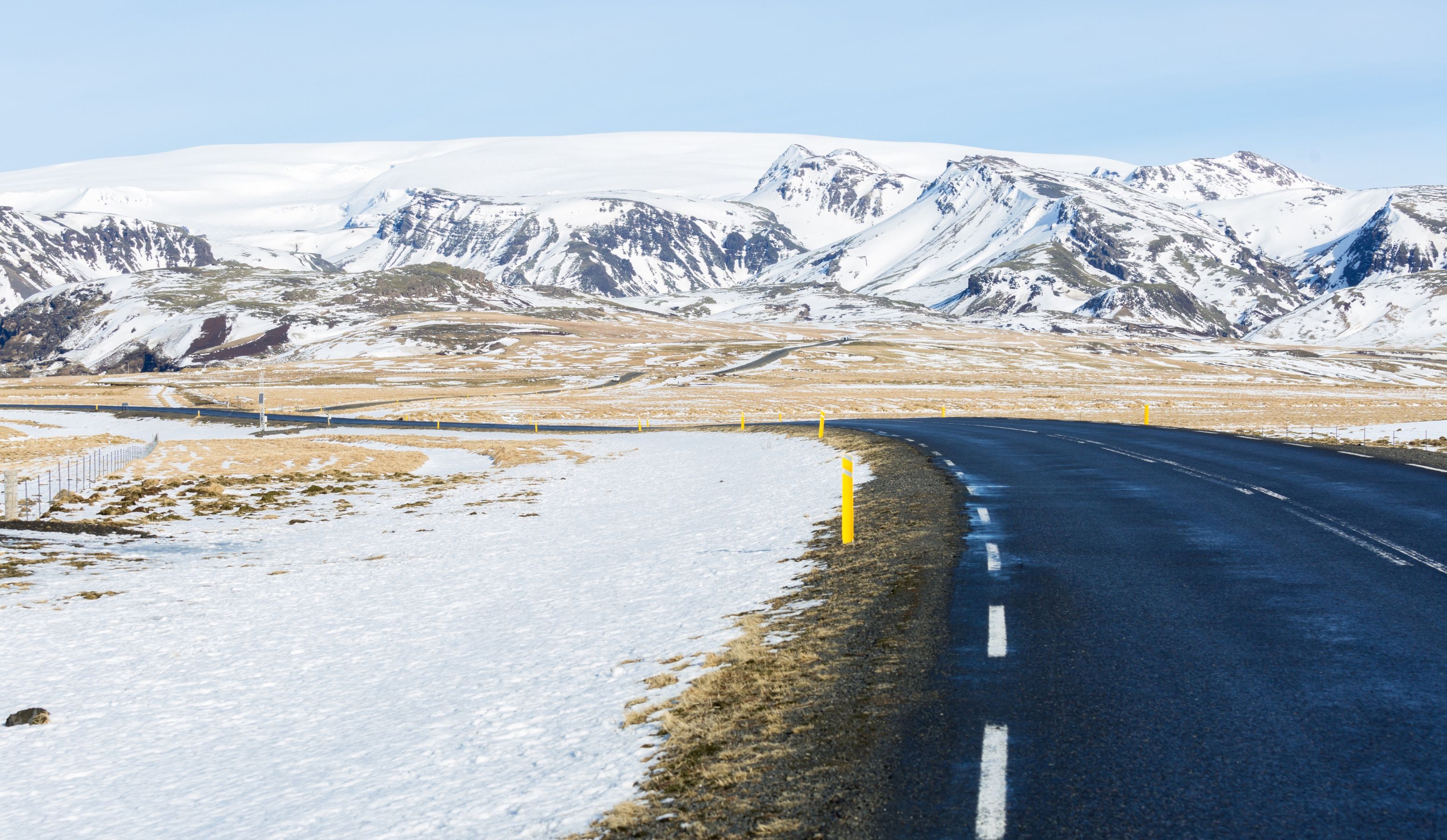
Driving in Iceland during November can be challenging due to unpredictable weather and icy or snowy roads. However, for those experienced in winter driving or willing to embrace Iceland’s road conditions with caution, the journey can be both safe and memorable.
- Road Conditions: November brings icy patches, especially on less-traveled roads and mountain passes. Iceland’s main roads, particularly Route 1 (the Ring Road), are typically well-maintained. However, road closures can happen, particularly in the Highlands and on remote roads, so always check road.is for up-to-date road conditions.
- Rental Cars & Equipment: Renting a 4x4 vehicle is highly recommended, as it provides better control on icy or snowy roads. Ensure your rental car has winter tires, which are essential for traction. Some rental companies also offer studded tires for even better grip.
- Driving Tips: Be cautious and reduce speed when driving on icy or unfamiliar roads. Pay attention to weather and road condition warnings, and always let someone know about your travel plans if venturing into remote areas.
4. Why November is Lovely in Iceland
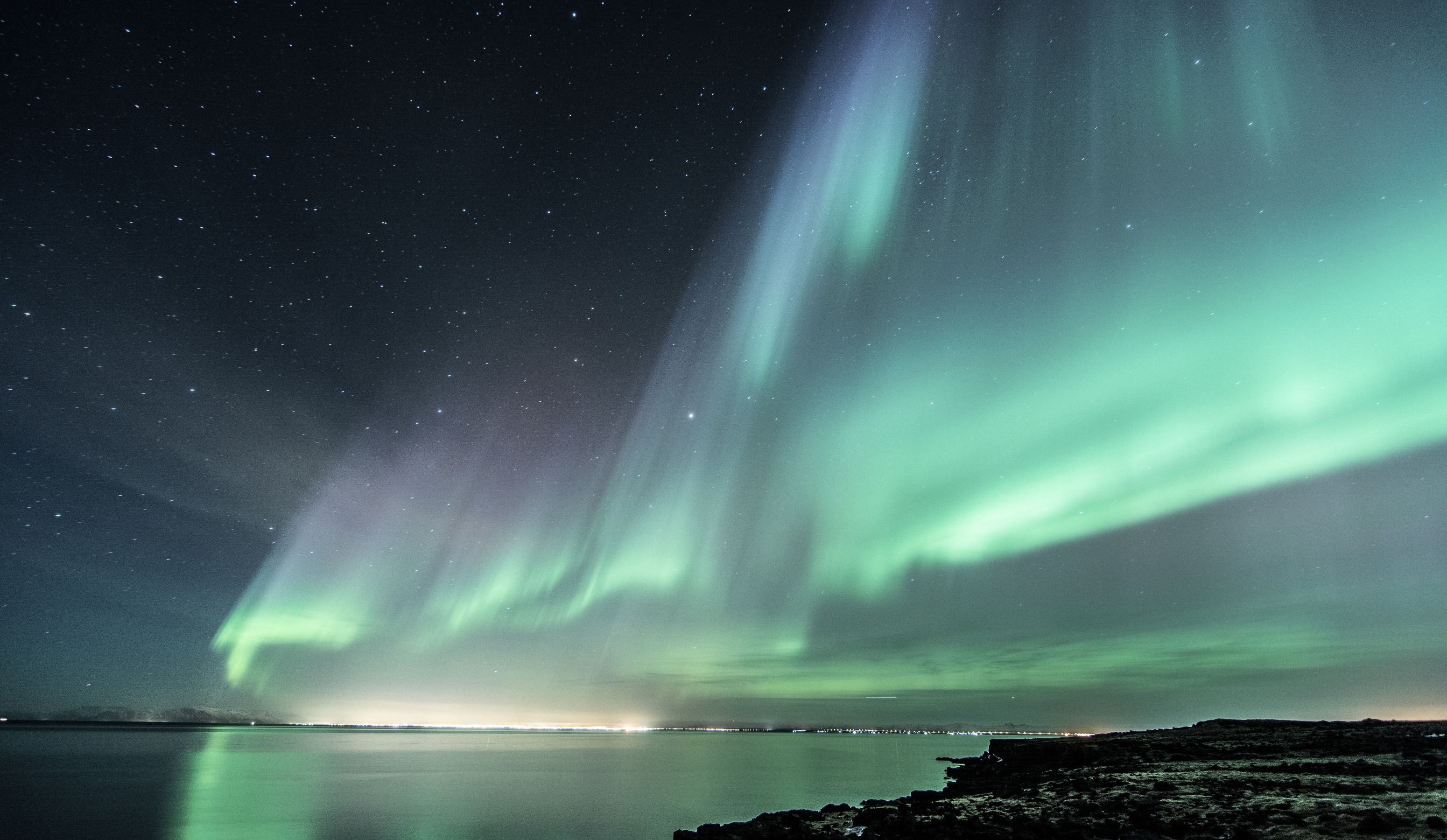
November holds a unique charm in Iceland that attracts visitors looking for an off-season adventure.
- Northern Lights: November is an excellent month for spotting the Northern Lights, as the longer nights provide ample darkness for viewing. Clear nights offer the best chance, though solar activity and weather conditions affect visibility. Opt for a guided tour for expert guidance on the best viewing spots and ideal times.
- Fewer Crowds: November is considered off-season in Iceland, meaning fewer tourists and quieter attractions. This can make for a more intimate and relaxed experience, particularly at popular spots like the Blue Lagoon, Golden Circle, and waterfalls along the south coast.
- Winter Ambiance with Autumn's Colors: In early November, some autumn foliage may still linger, creating a stunning contrast with snowy landscapes. As the month progresses, snow begins to blanket the ground, turning Iceland into a winter wonderland without the extreme cold of December or January.
5. Top Activities to Do in Iceland in November
November brings a variety of exciting activities perfect for experiencing Iceland's distinctive nature and culture.
Northern Lights Hunting
As mentioned, November’s long nights make it ideal for spotting the Northern Lights. You can either take a self-drive tour or join a guided tour, which increases your chances of witnessing this spectacular phenomenon.
Glacier Tours and Ice Caves
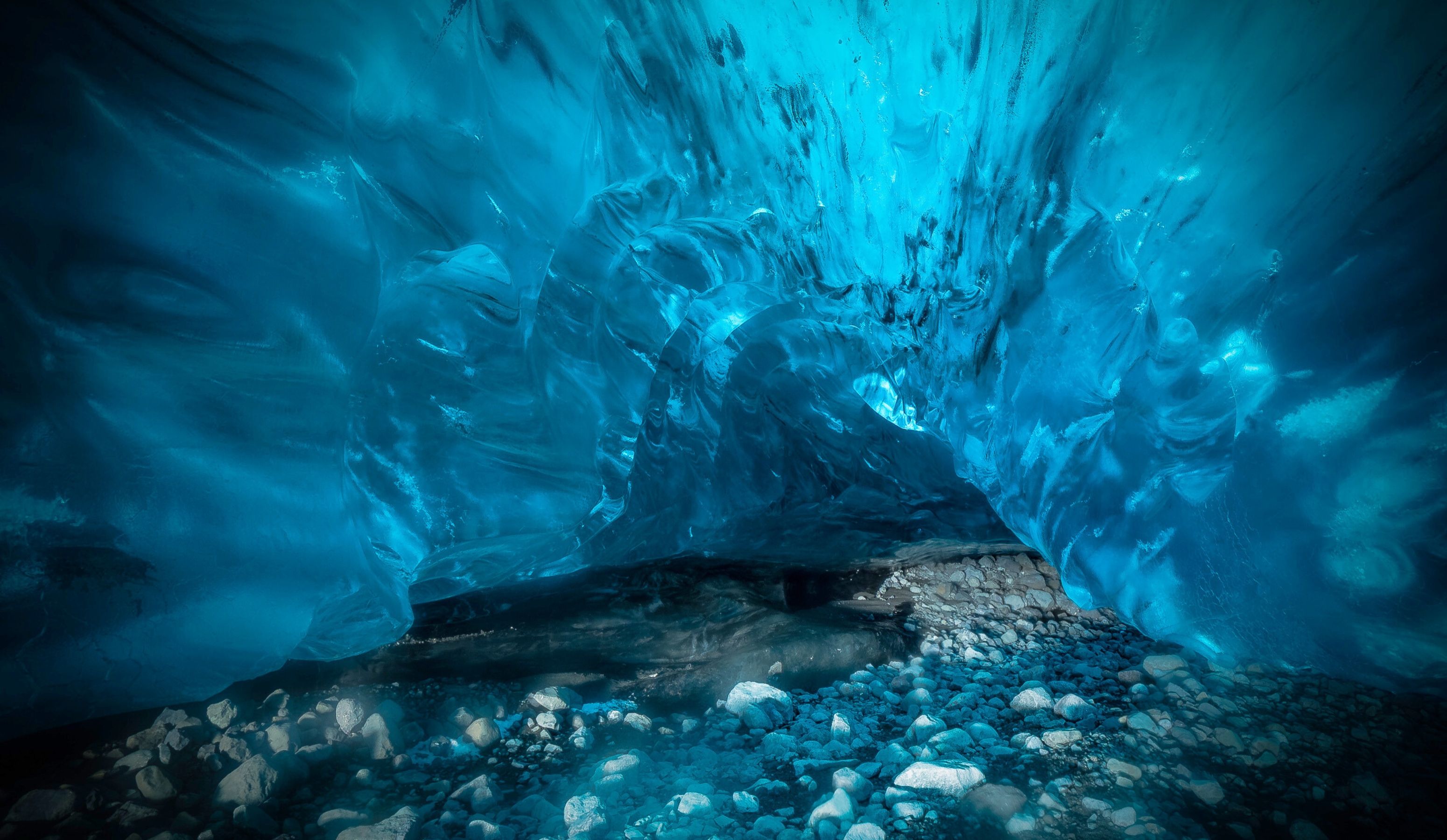
November marks the beginning of the glacier and ice cave season in Iceland. The Vatnajökull Glacier, located in the southeast, is home to stunning ice caves that form each winter. Guided tours to these ice caves offer a unique chance to explore the shimmering blue ice formations.
Golden Circle Tour
The Golden Circle remains accessible in November and offers three of Iceland’s most iconic sights: Þingvellir National Park, Geysir Hot Spring, and Gullfoss waterfall. A winter visit offers a more tranquil experience, as fewer tourists mean you can soak in the beauty without the summer crowds.
South Coast Exploration
The South Coast’s waterfalls, black sand beaches, and glaciers are breathtaking in November. Waterfalls like Skógafoss and Seljalandsfoss take on a magical appearance as frost and snow cover the surroundings. Meanwhile, Reynisfjara beach with its black sands and basalt columns looks striking against Iceland’s wintry landscape.
Soaking in Hot Springs

Iceland’s geothermal pools are a must-do any time of year, but they’re especially satisfying in the chilly weather of November. The Blue Lagoon, Fontana Spa, and Mývatn Nature Baths provide a relaxing and rejuvenating experience amidst Iceland’s scenic landscapes.
Snorkeling in Silfra
Yes, you can snorkel in November! Silfra is a rift located in Þingvellir National Park, where you can snorkel between two tectonic plates in some of the clearest water in the world. While the water is cold, wetsuits keep you warm enough to enjoy this unique underwater world.
6. November Events and Holidays in Iceland
November doesn’t feature as many festivals or holidays as summer months, but a few notable events offer cultural insight and celebration.
Iceland Airwaves Music Festival

Held in early November, the Iceland Airwaves Music Festival is Reykjavik’s premier music event. It features an array of Icelandic and international artists performing at various venues across the city. This event attracts music lovers from all over the world and provides an incredible opportunity to experience Iceland’s vibrant music scene.
Icelandic Language Day (Dagur íslenskrar tungu)
Celebrated on November 16th, Icelandic Language Day honors the country’s language and cultural heritage. Expect cultural events, readings, and activities celebrating Icelandic literature and language. It’s a great time to connect with the locals and appreciate Iceland’s linguistic traditions.
Christmas Preparations
Though Christmas is over a month away, Reykjavik starts to transform into a winter wonderland in late November. Festive lights and decorations begin appearing around the city, creating a magical atmosphere that grows as December approaches. This is also the time to visit Christmas markets, where you can find unique Icelandic gifts and handmade crafts.
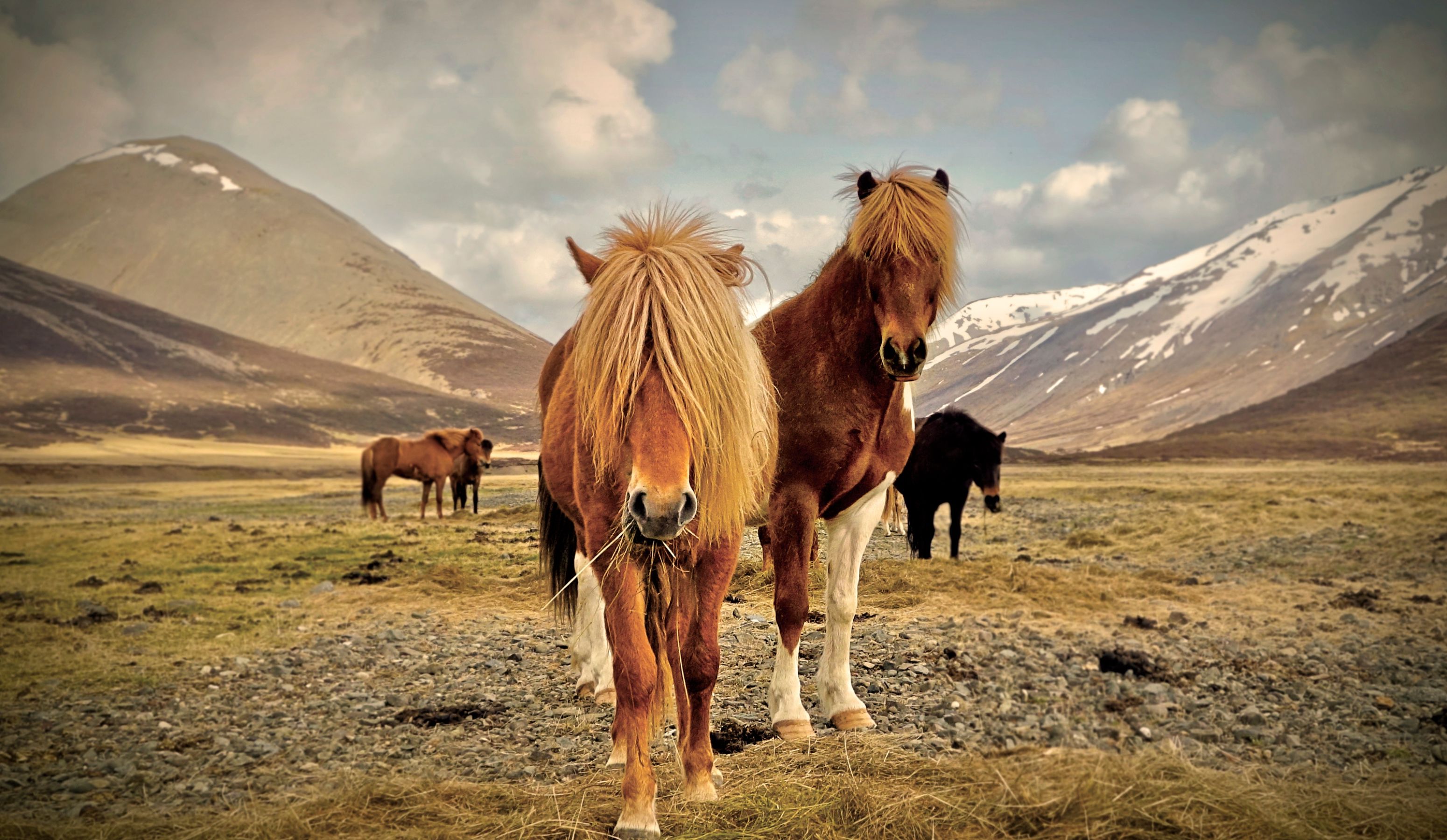
Additional Tips for Visiting Iceland in November
- Book in Advance: Even though November is off-season, certain activities, like ice cave tours and Northern Lights excursions, can still fill up quickly. Booking these popular activities in advance is advisable.
- Stay Updated on Weather Forecasts: Iceland’s weather can change rapidly, especially in winter. Checking the weather daily or even hourly can help you make the most of your trip.
- Plan for Shorter Days: Since daylight hours are limited, plan your itinerary accordingly. Prioritize outdoor activities during the few hours of sunlight and save indoor attractions, like museums or geothermal spas, for the darker hours.
A trip to Iceland in November is a journey into a mystical winter landscape where nature and culture combine to create unforgettable experiences. With careful preparation and an open mind to the weather’s quirks, you’ll find that November is a fantastic time to explore Iceland’s iconic landscapes, chase the Northern Lights, and immerse yourself in local culture.
The short days and colder temperatures may require more planning, but the reward is a magical Icelandic adventure marked by unique sights and serene winter landscapes.
POPULAR ACTIVITIESPowered by:

We recommend booking tours and activities with our friends at Reykjavík Tourist Info. They offer all the most popular things to do, and their prices are always great. Here are a few of our favorite tours.
On their site you can see everything they have to offer: www.RTI.is
EXPLORE FURTHER

50 Fun Facts About Iceland

Tipping Etiquette in Iceland
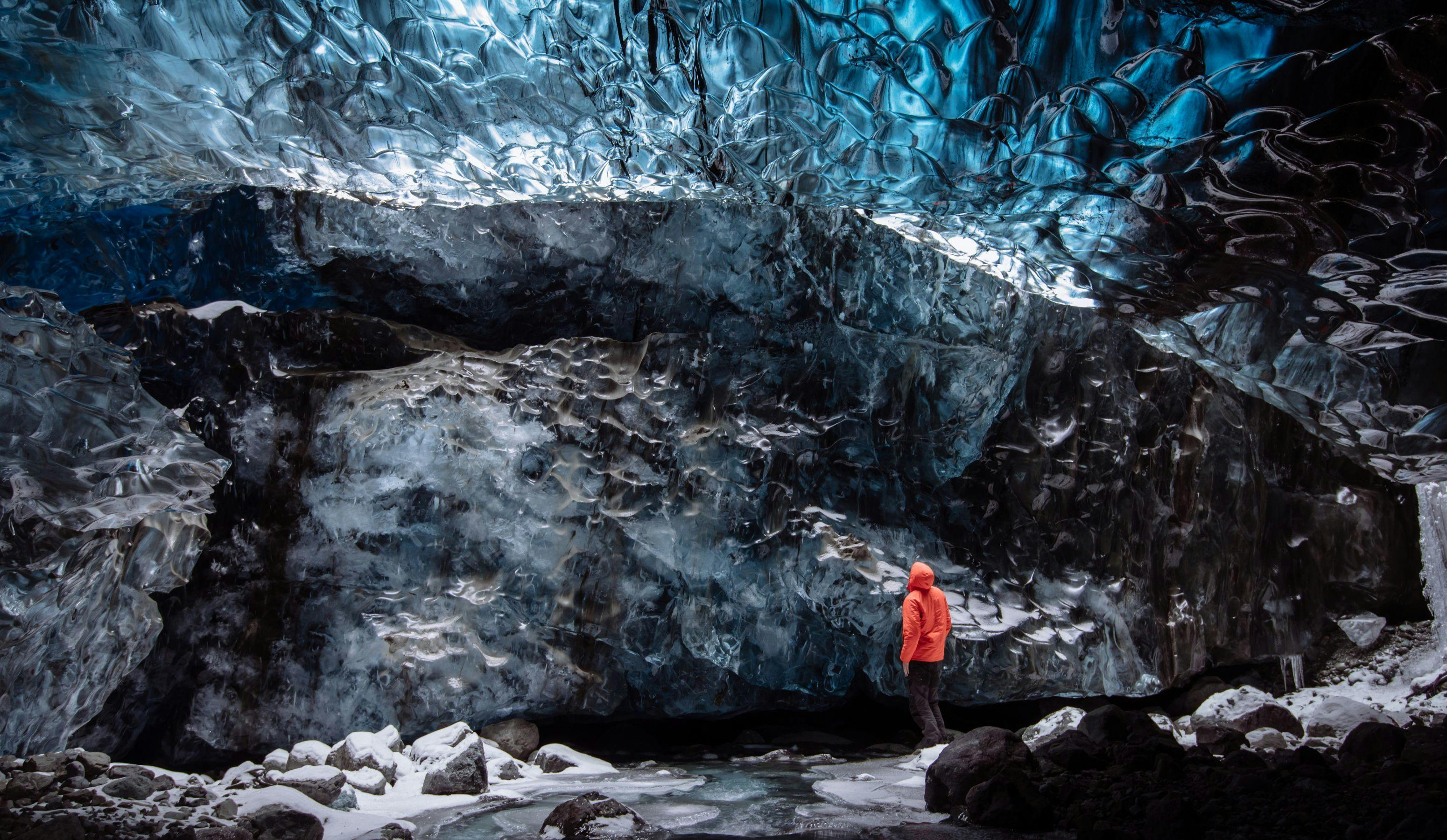
A Journey Into the Heart of Iceland's Glaciers: The Magical World of Ice Caves
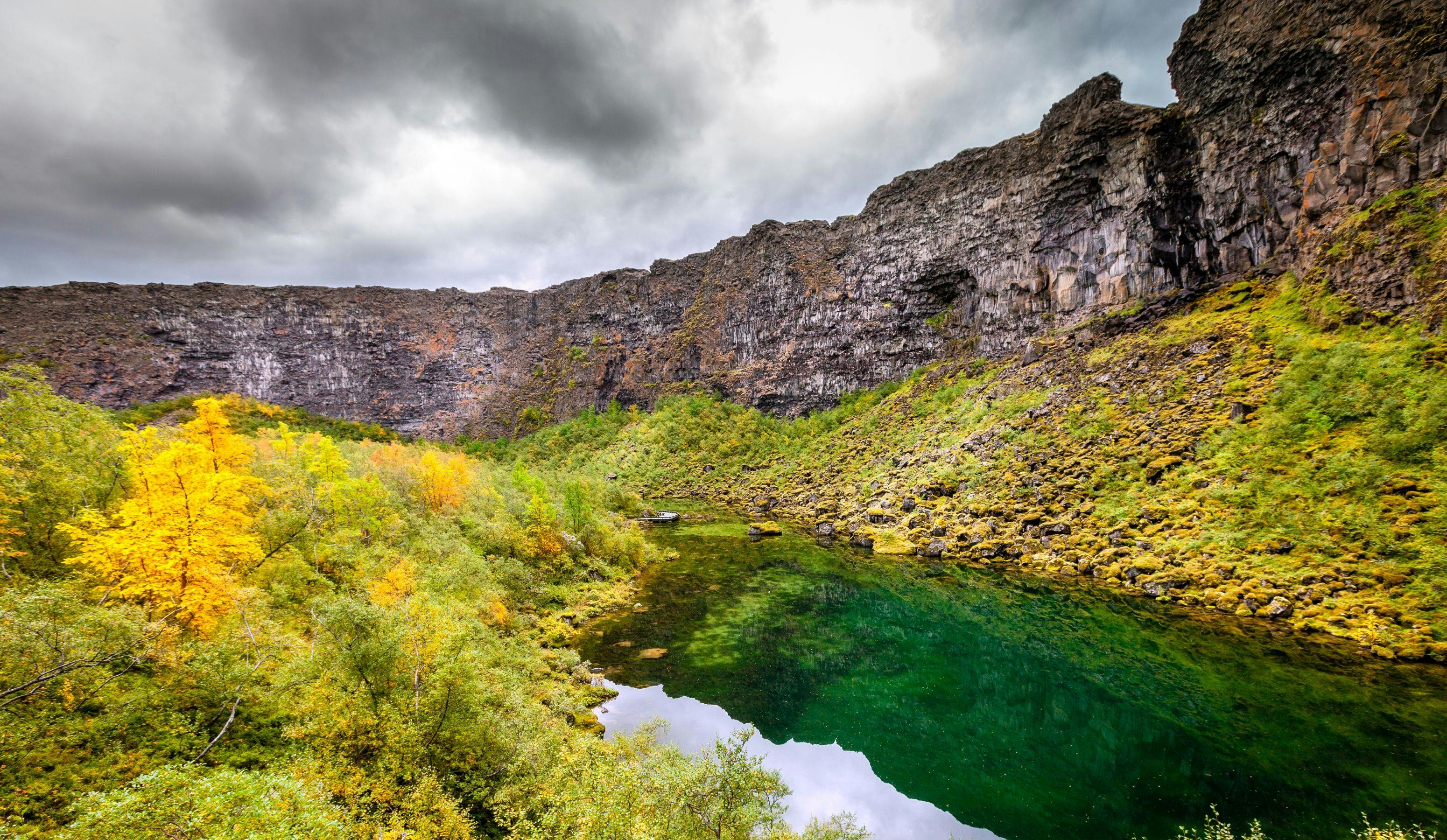
The Diamond Circle: A Jewel in North Iceland's Crown

Arctic Fox Wildlife in Iceland: A Look at Conservation Efforts with The Arctic Fox Center

Wakeboarding Adventure in Iceland's Westfjords: Ride the Waves of the North Atlantic


Exploring Iceland in July: A Comprehensive Travel Guide


The Unique Charm of Icelandic Horses: A Journey Through History &Modern-Day Interactions

Hear from Our Customers
Welcome to Our Community - your hub for insightful reviews and authentic opinions. Join us in shaping the conversation where your voice matters!

